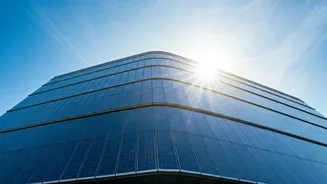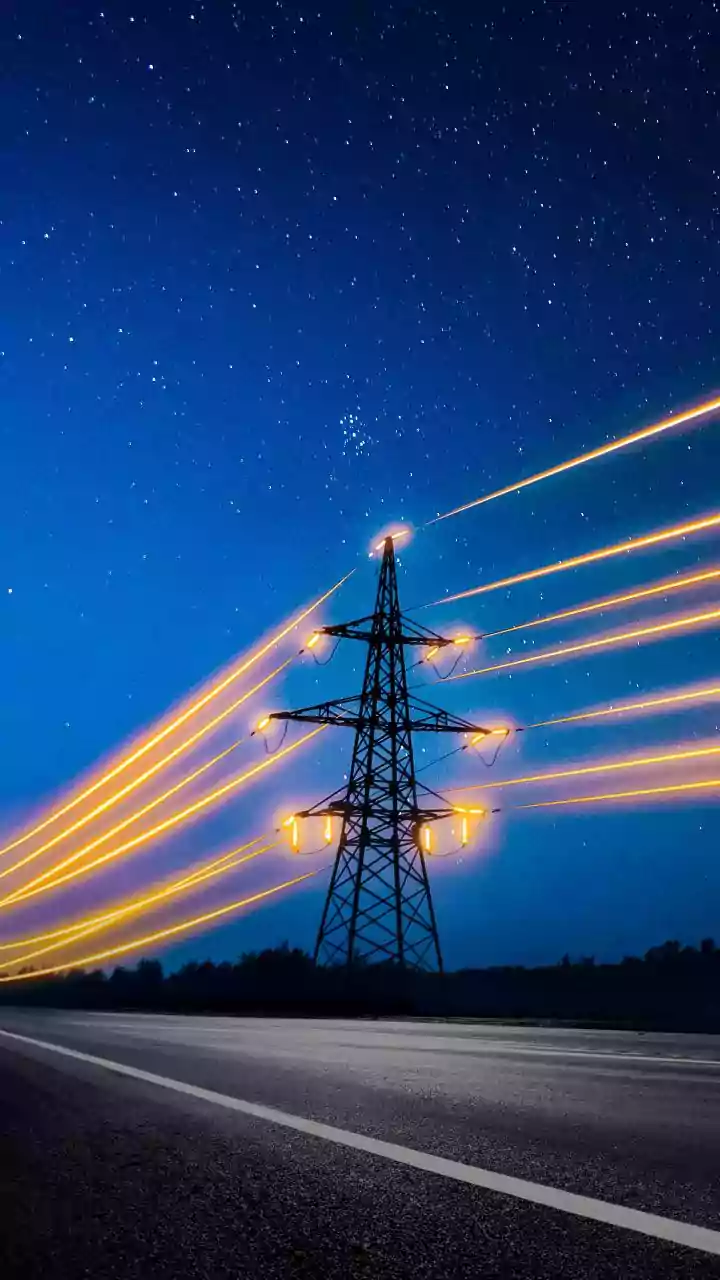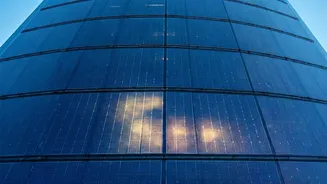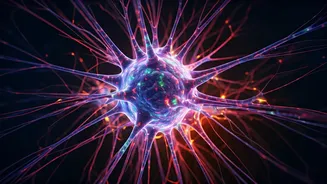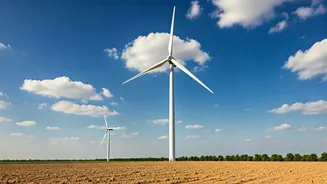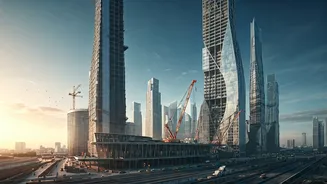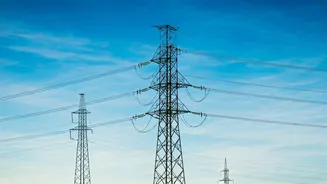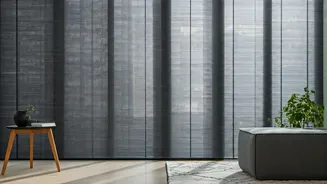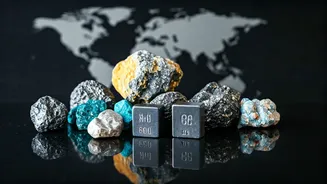Energy-Generating Windows
Scientists have engineered semi-transparent solar cells, marking a significant advancement in renewable energy. These cells, unlike traditional solar panels,
are designed to allow light to pass through, making them suitable for integration into windows and building facades. This innovation addresses the aesthetic concerns often associated with conventional solar installations, enabling seamless integration into various architectural designs. The technology allows buildings to actively contribute to energy generation, reducing reliance on external power sources and decreasing the carbon footprint associated with construction and operation. This design represents a move toward more sustainable and self-sufficient structures.
Breaking Records
The semi-transparent solar cells have achieved record-breaking performance in energy conversion efficiency. This heightened efficiency means more electricity can be generated from the same amount of sunlight. This efficiency is crucial because it directly translates into higher power output, making the technology economically viable. Such breakthroughs enable the potential for generating substantial amounts of power from building surfaces. With the capacity to harvest light in previously inaccessible ways, these solar cells are setting new benchmarks within the renewable energy landscape, promising a transformative shift in the energy sector.
Applications and Impact
The potential applications of these semi-transparent solar cells extend beyond residential buildings. They can be integrated into commercial buildings, industrial facilities, and various other structures. This versatile design offers a widespread potential impact. By integrating solar cells into windows and facades, buildings can become active contributors to the power grid, reducing the burden on conventional power plants. The technology supports the advancement of net-zero energy buildings, capable of generating as much energy as they consume. This shift represents a significant move toward urban sustainability, reducing reliance on fossil fuels, and helping to combat climate change.
